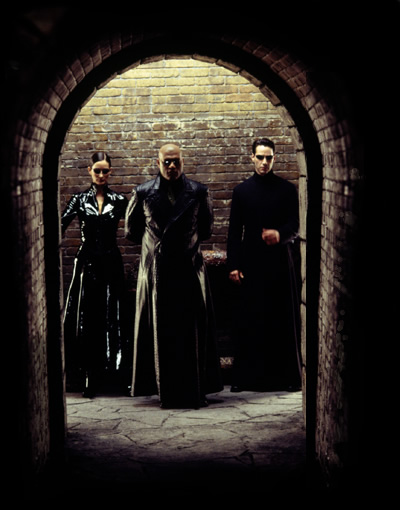MIT OpenCourseWare | Home
MIT and the OpenCourseWare team are excited to share with you a first sampling of course materials from MIT’s Faculty. We invite educators around the world to draw upon the materials for their own curricula, and we encourage all learners to use the materials for self-study.
This has to be phenomenal. Whatever their motives, whatever the actual use of it by the masses, somewhere somehow this can tip the balance… though of course for sheer access to knowledge the Internet has already made this transformation in the world.
I wonder what restrictions apply? What if I offer a course based on the material? What if other Unis do that?
See also the Wired item: All the World’s an MIT Campus



